Introduction to the high-altitude access routes at the airport
Why aerial work platforms are indispensable in airport operations
Airports are highly complex infrastructures where numerous trades work simultaneously. Safe and efficient access to heights is essential for maintenance, repair, inspection, and cleaning. Aerial work platforms provide precisely this: they create access to aircraft surfaces, hangar roofs, terminal facades, and technical installations throughout the airport environment.
Unlike traditional construction sites, airports operate on a tightly scheduled schedule. Any delay can impact fleet planning, safety, and passenger flow. Therefore, aerial work platforms must be flexible, reliable, and precisely suited to the specific requirements of aviation.
What aerial work platforms do daily at the airport
Aerial work platforms are used in airport operations for numerous tasks: from routine aircraft inspections and facade work to the maintenance of navigation systems. Access to areas that, due to height, reach, or obstacles, can only be safely reached with aerial work platforms is particularly important.
The installation and maintenance of communication, lighting, and guidance systems also require precise access at height. Aerial work platforms ensure that these safety-critical systems remain operational at all times.
Legal framework and standards for work platforms at the airport
DGUV, EN standards and operator obligations
There are clear rules and obligations for the use of aerial work platforms. The most important regulations are:
DGUV Rule 100-500 (Chapter 2.10): Regulates the safe use of mobile elevating work platforms, including requirements for operators, inspections and PPE requirements.
Industrial Safety Ordinance (BetrSichV): Obliges the operator to conduct risk assessments, regular inspections and training of employees.
DIN EN 280-1: Specifies safety-related requirements for the construction, calculation and stability of mobile elevating work platforms.
DIN EN 1915: Specific requirements for equipment in the Ground Support Equipment (GSE) area – particularly relevant for airport operations.
DGUV Principle 308-008: Binding basis for the training and commissioning of operators.
Duties for operators in the airport security area
For work in safety areas, operators need:
– Reliability check (ZÜP) according to § 7 LuftSiG
– Airport pass for apron and security zones
– Complete instruction and commissioning according to DGUV regulations
Without these permissions, access to the secure area is not possible.
Technical requirements for work platforms in airport operations
Special features in hangars: Electric stages are mandatory
Strict regulations apply in aircraft hangars: exhaust emissions are prohibited, which is why only electric work platforms may be used there. They are quiet, emission-free, and ideally suited for smooth hangar floors.
Diesel aircraft are only permitted to enter hangars in exceptional cases and with special exhaust extraction systems – a procedure that is hardly practical and poses safety risks.
Ground pressure and load-bearing capacity of aprons and halls
The load-bearing capacity of the ground is essential. Work platforms can generate ground pressures of up to 180 N/cm² . Therefore, subsoil tests must be carried out on hall floors, apron areas, and concrete slabs.
Shims are mandatory if:
– supports are used
– the surface is not consistently load-bearing
– Access via shafts, covers or service channels
Here you can calculate the load-bearing capacity online .
FOD prevention: An airport-specific safety factor
Foreign object debris (FOD) is one of the greatest hazards to aircraft. Aerial work platforms must be regularly cleaned and inspected before being used on the apron.
Typical sources of FOD (Forward Object Damage) are loose screws, cable ties, or tool parts. These must not be located on the basket or the chassis.
Types of work platforms and their areas of application at airports
Truck-mounted work platforms on the apron
Thanks to their high mobility and reach , truck-mounted aerial work platforms are ideal for use around the apron. They can quickly move from gate to gate and provide access at height for signage, cameras, light masts, and terminal exteriors.
Scissor lifts: Perfect for terminal facades
Scissor lifts are a stable choice for cleaning, renovation, or maintenance work on facades. Their large platform offers space for several people and tools – ideal for extended use.
Articulated telescopic platforms: Flexible for aircraft and infrastructure
Articulated telescopic platforms are the all-rounders of airport technology: They overcome obstacles and reach complex areas on aircraft, radar towers, and terminal roofs. Their reach enables precise access even to hard-to-reach areas.
Tracked platforms and special equipment
Tracked platforms are suitable for sensitive surfaces or long distances between buildings. Their low weight protects hall floors and technical installations.
Unusual and specialized deployment locations
Docking systems for aircraft maintenance
Aircraft maintenance is often performed using contour-conforming docking systems. These offer:
– Foam protection against paint damage
– Height adjustment for adaptation to aircraft types such as A320 and B737
– Access points up to 10 m high or more on wide-body aircraft
Standard work platforms are used as a supplement where dock systems are insufficient or too inflexible.
Typical working heights on aircraft types
The following working heights are relevant for planning:
– Cockpit A320/B737: 3.4–4.2 m
– Hull centerline: 4.9–6.6 m
– Wide-body aircraft (e.g. A380): Access up to over 10 m
– Engine maintenance: variable, depending on the engine dock
Maintenance of radar towers and lighting systems
Airports have numerous special structures. These include:
– Radar towers
– Approach lighting along runways
– Communication antennas and weather stations
Stages with a large reach and precise positioning are needed here.
Behind the scenes: Technology, security and processes
Risk assessment as a duty
A risk assessment is required before every airport operation. It includes:
– Subsurface assessment
– Weather and wind load
– Transport routes and apron movements
– Rescue concept
– PPE obligations
Especially on the apron, movements must be precisely coordinated, as numerous trades work in parallel.
Safety zones around aircraft
A minimum distance of 2 meters must be maintained around aircraft. Stricter regulations may apply depending on the airline or airport.
Night and bad weather work
Most maintenance work takes place at night. Therefore, work platforms must be equipped with sufficient lighting, reflective surfaces, and stable bases.
Economic aspects of rent
Typical rental costs
The following guidelines apply to medium working heights:
| work platform | Daily rent | Weekly rent/day |
|---|---|---|
| Electric scissor lift (10 m) | approx. €110 | approx. €40 |
| Truck-mounted aerial work platform (20 m) | approx. €280 | approx. €220 |
| Articulated telescopic platform (18 m) | approx. €210 | approx. €95 |
Additional costs include transport and machinery breakdown insurance.
Rent aerial work platforms for airport projects
Why most trades rent their stages
Since projects at airports are rarely identical, external service providers predominantly rely on rental equipment. This allows for maximum flexibility, guarantees inspected machines, and reduces costs for equipment storage, maintenance, and transport.
Digital access control and GPS tracking
Modern rental equipment from BIBERGER features digital access controls . This ensures that only authorized personnel operate the platform. Especially at airports, where various trades work simultaneously, this significantly increases safety.

BIBERGER aerial work platforms are in use at airports throughout Europe.
Conclusion: Efficiency, safety, and precision working together
Aerial work platforms are an indispensable part of airport infrastructure. Whether for hangars, terminals, or the apron, access to heights must function reliably, be operated in accordance with standards, and meet the highest safety requirements. With suitable technology, clear procedures, and trained operators, even complex projects can be implemented safely and efficiently.



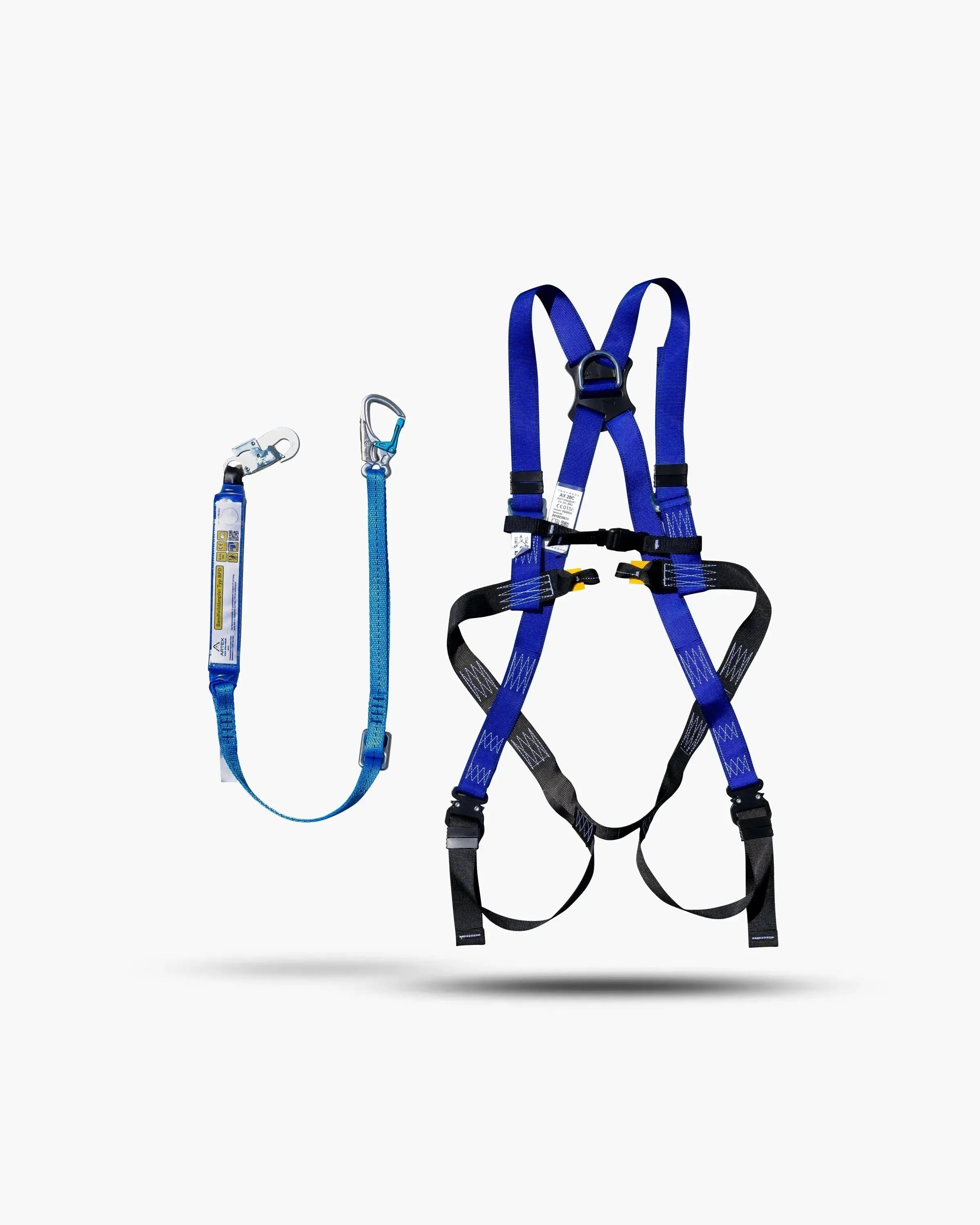




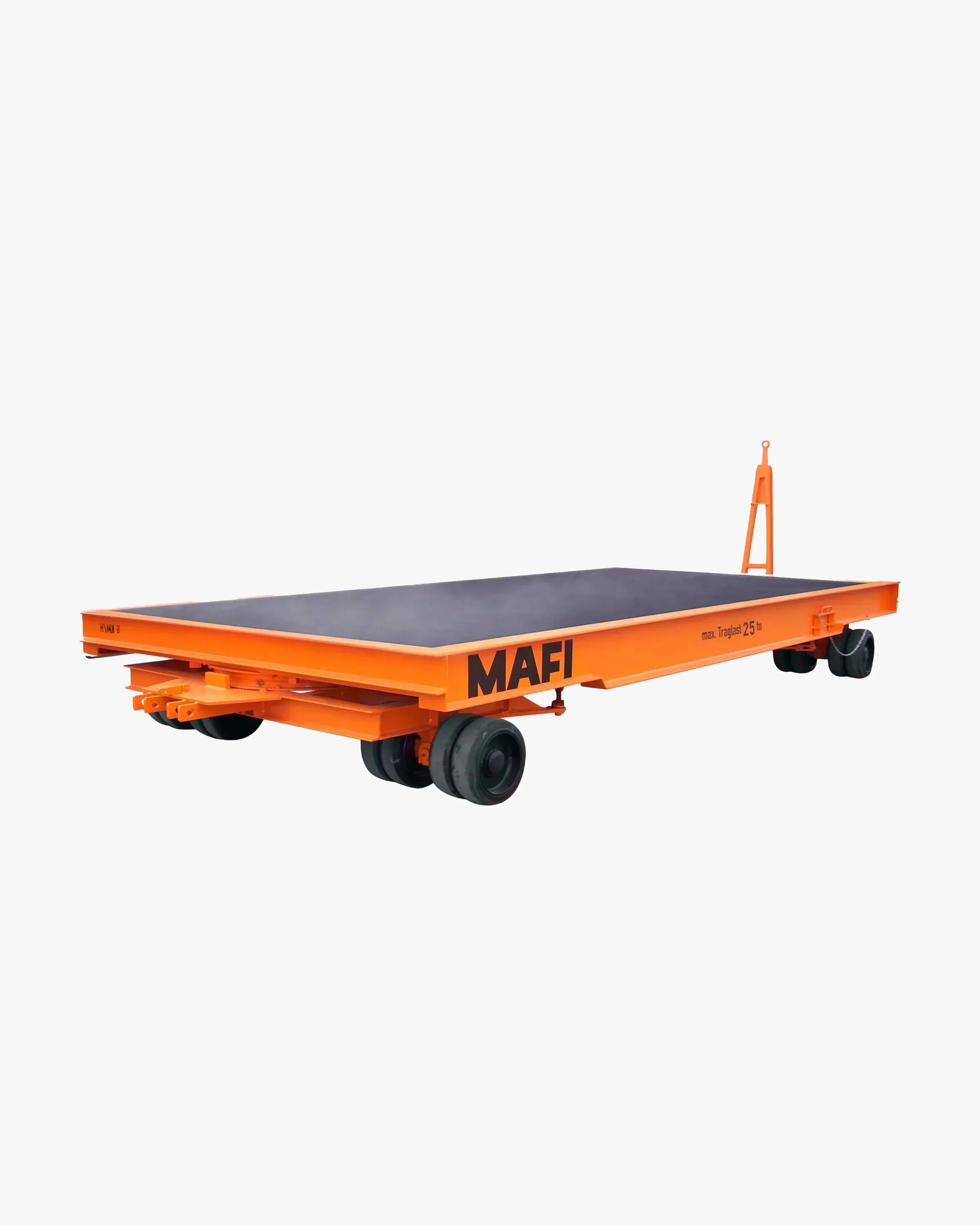
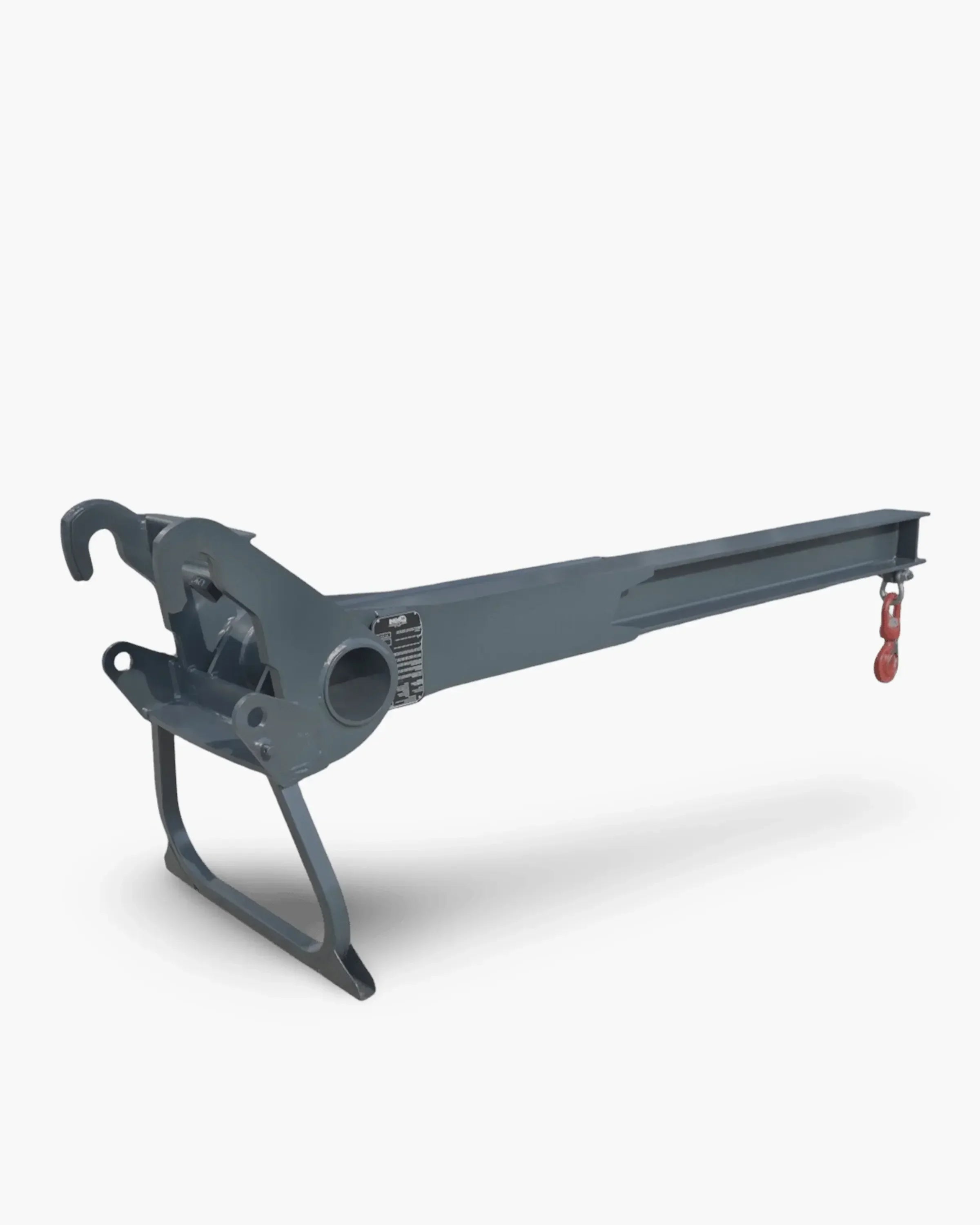
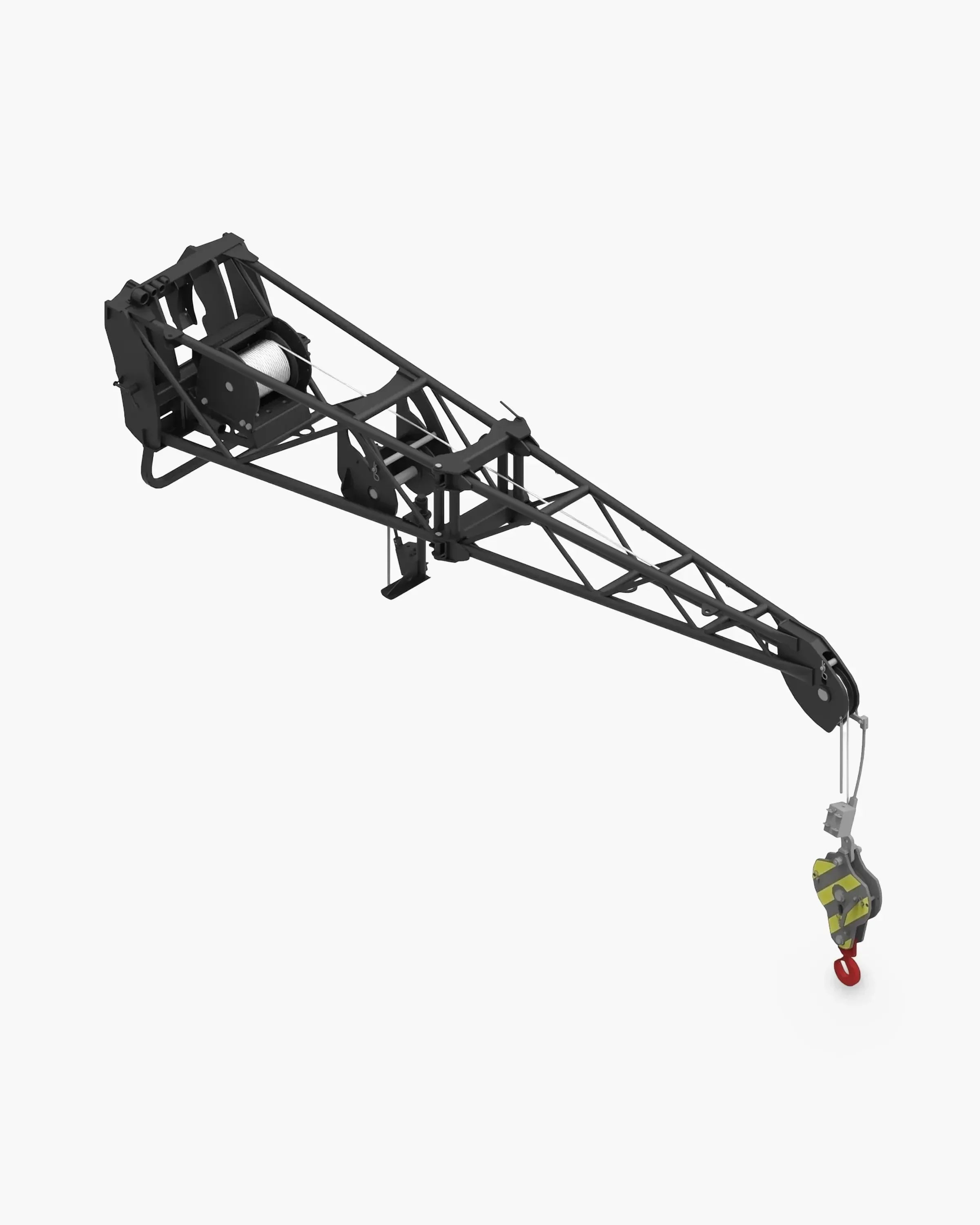
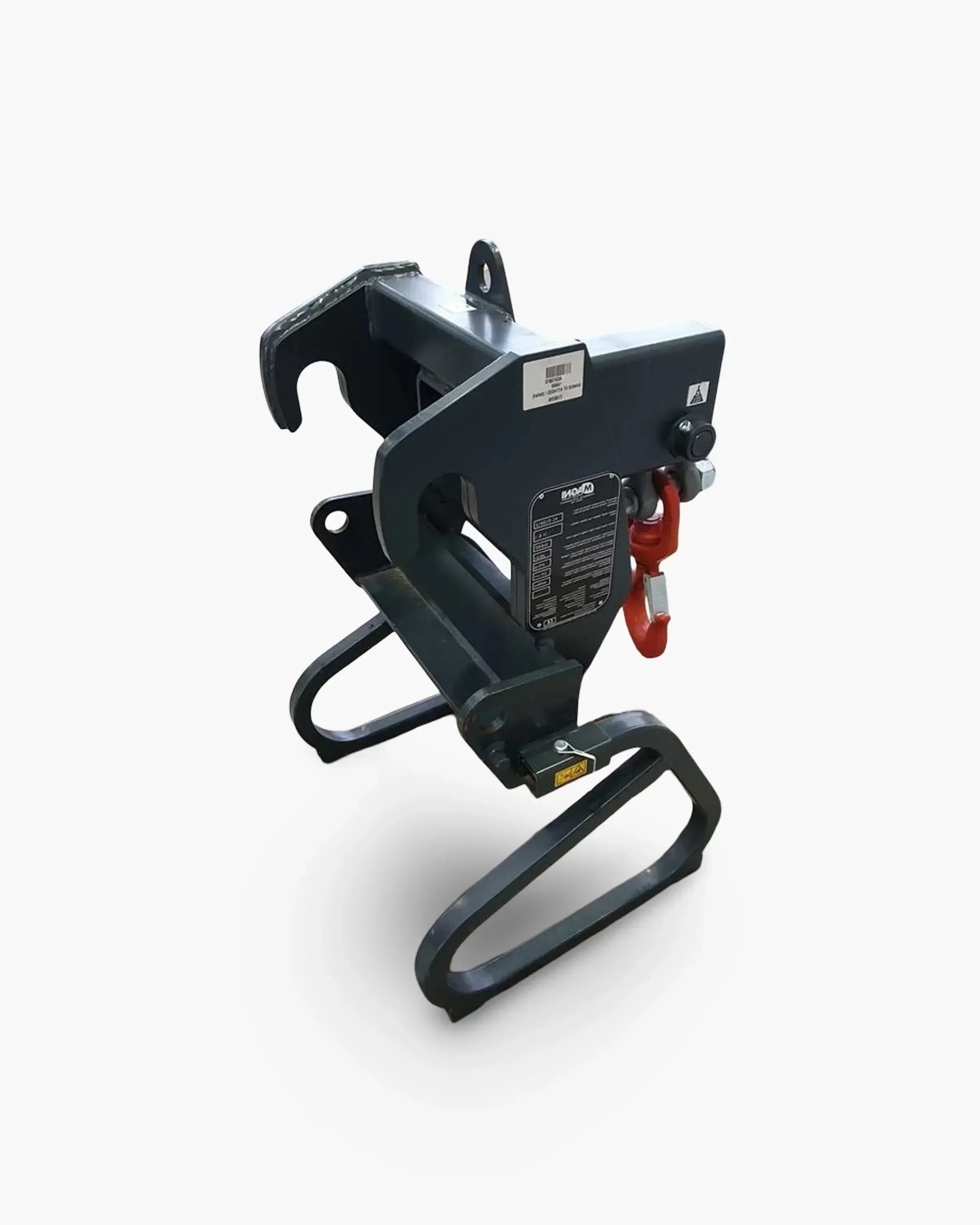

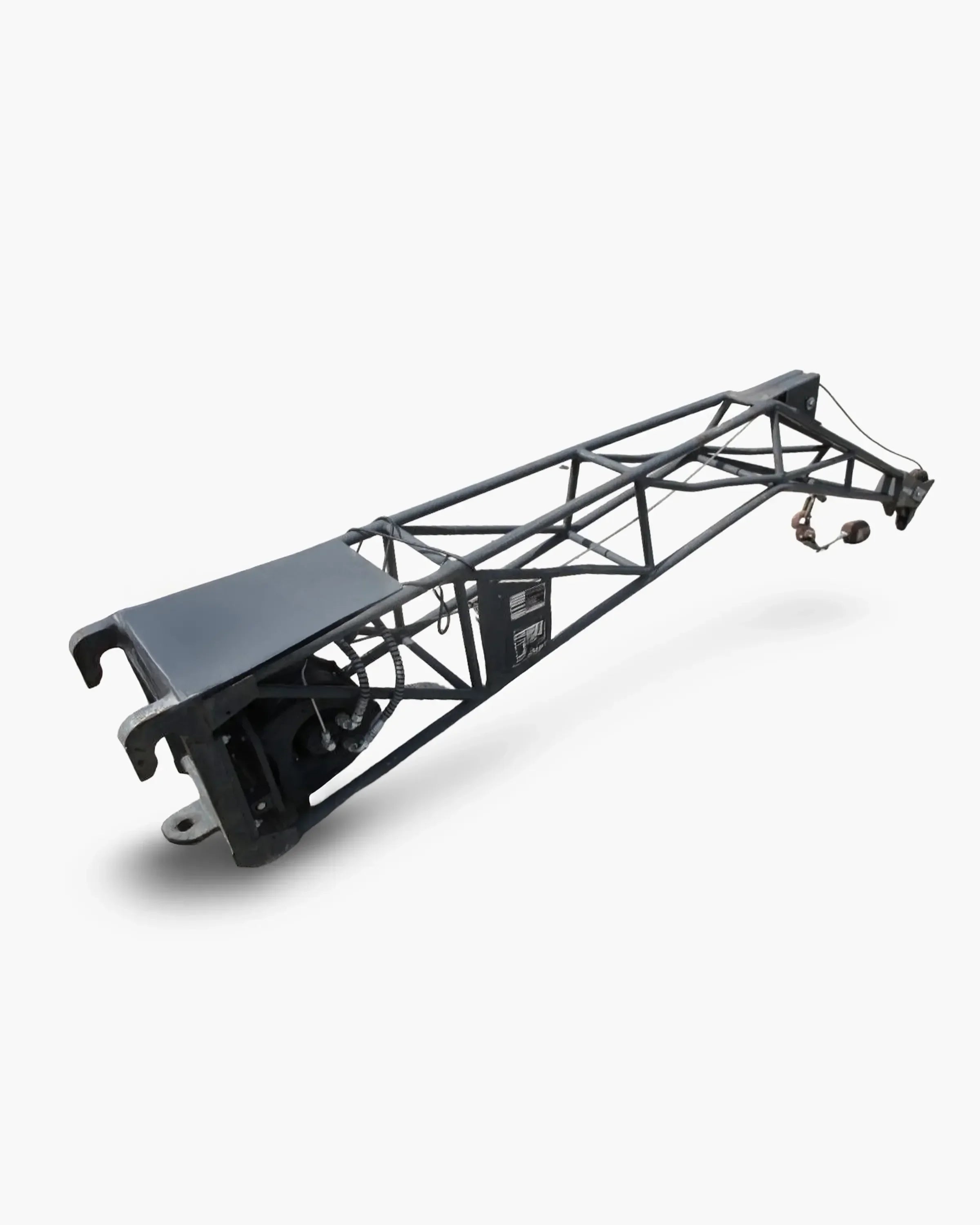
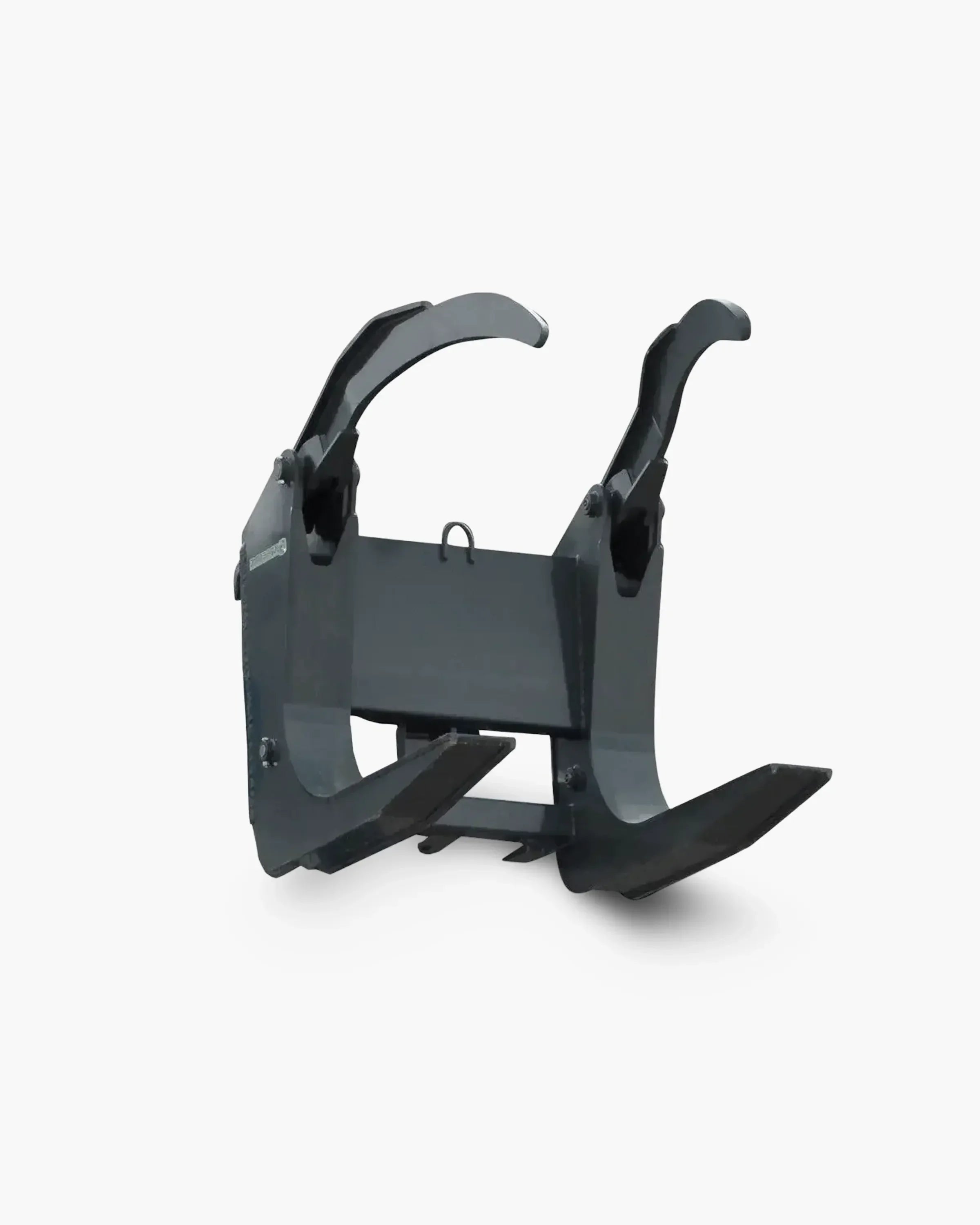
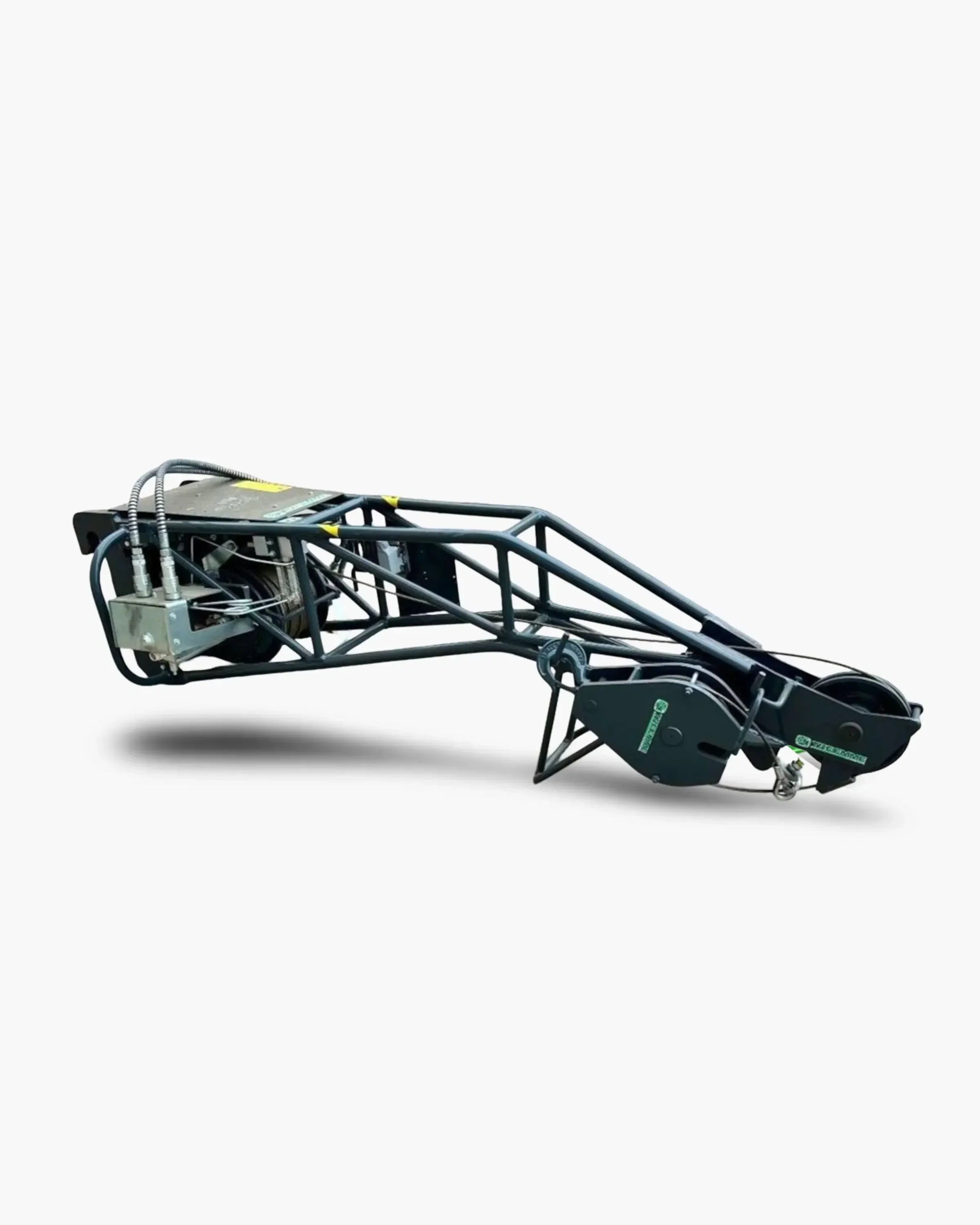

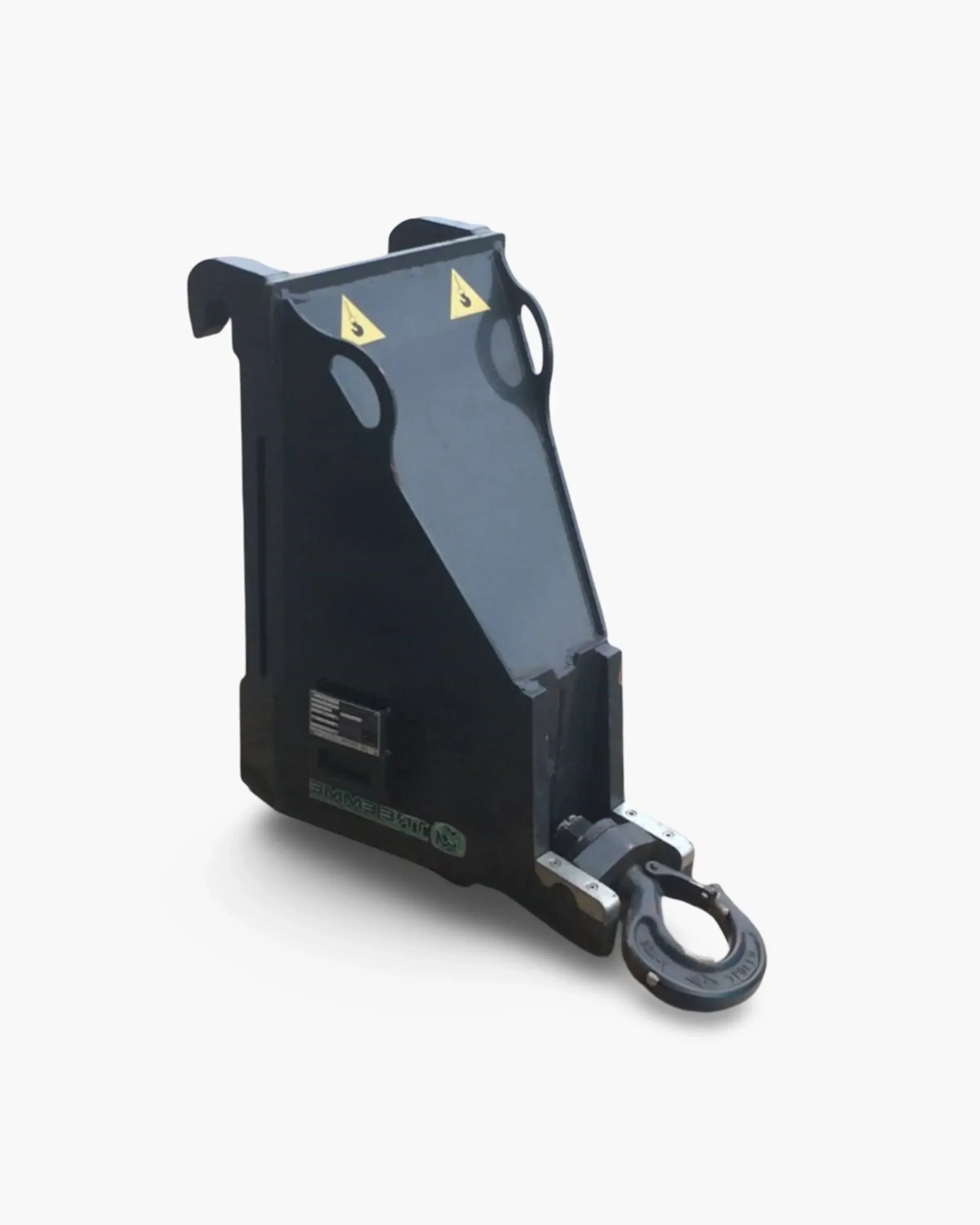
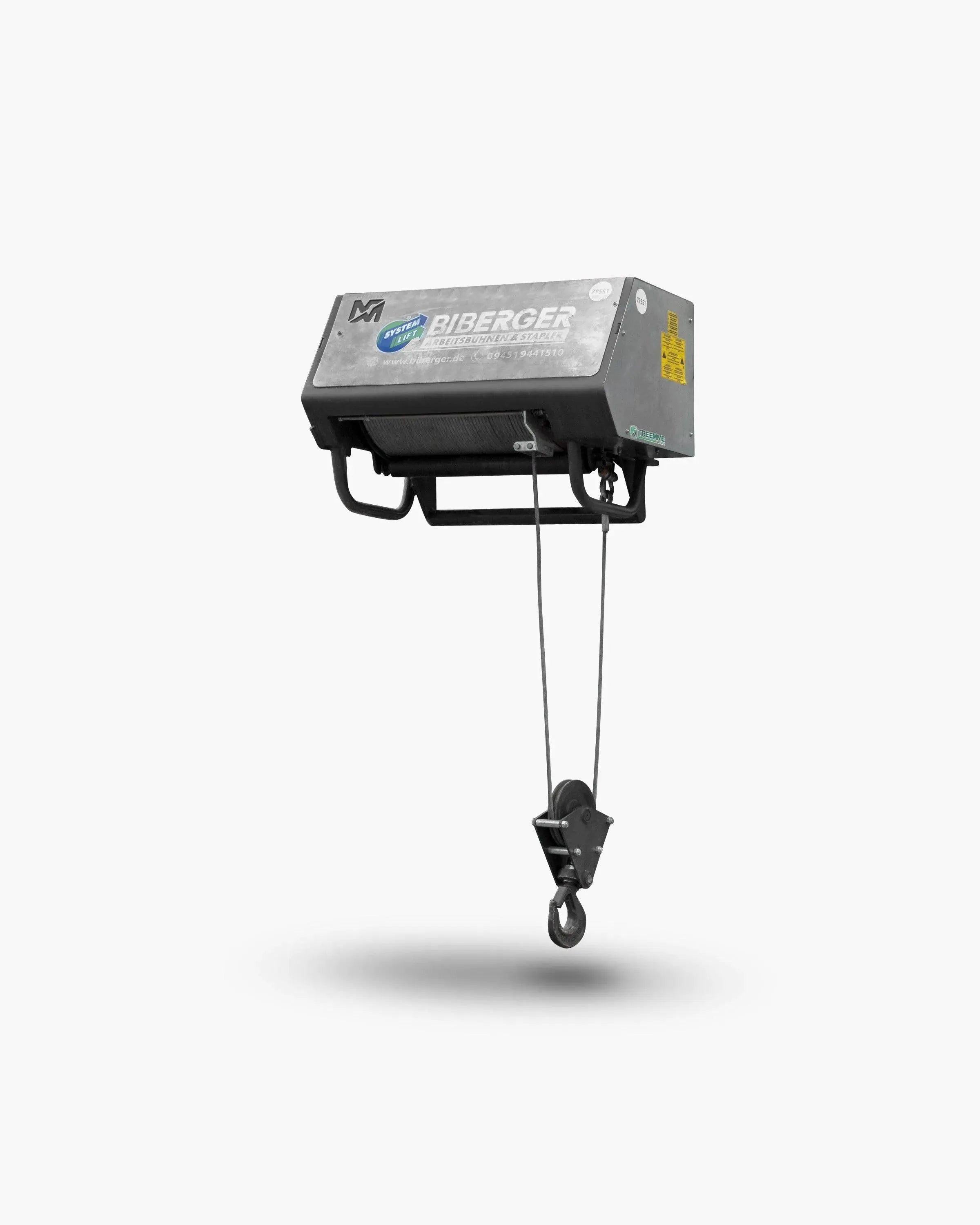
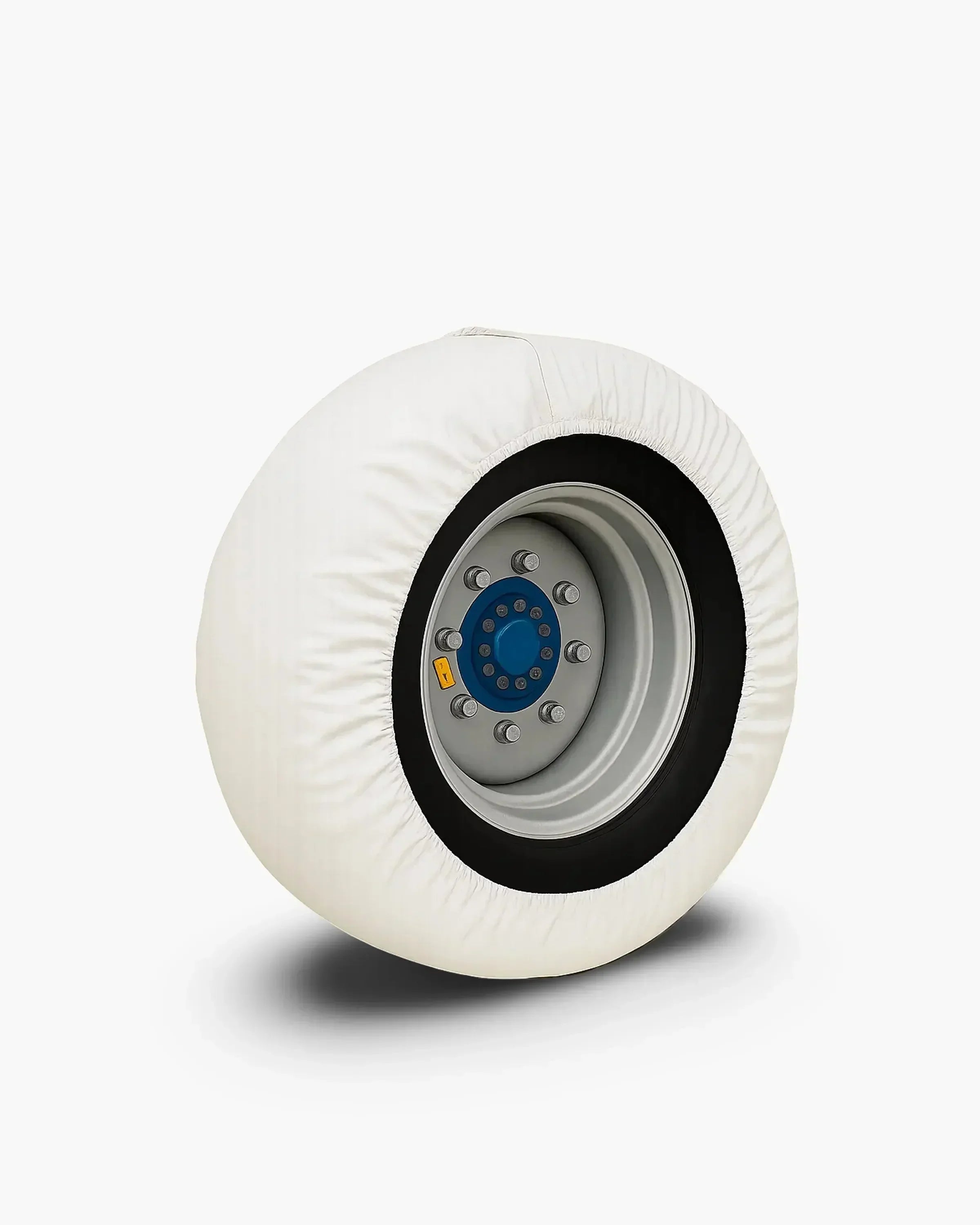


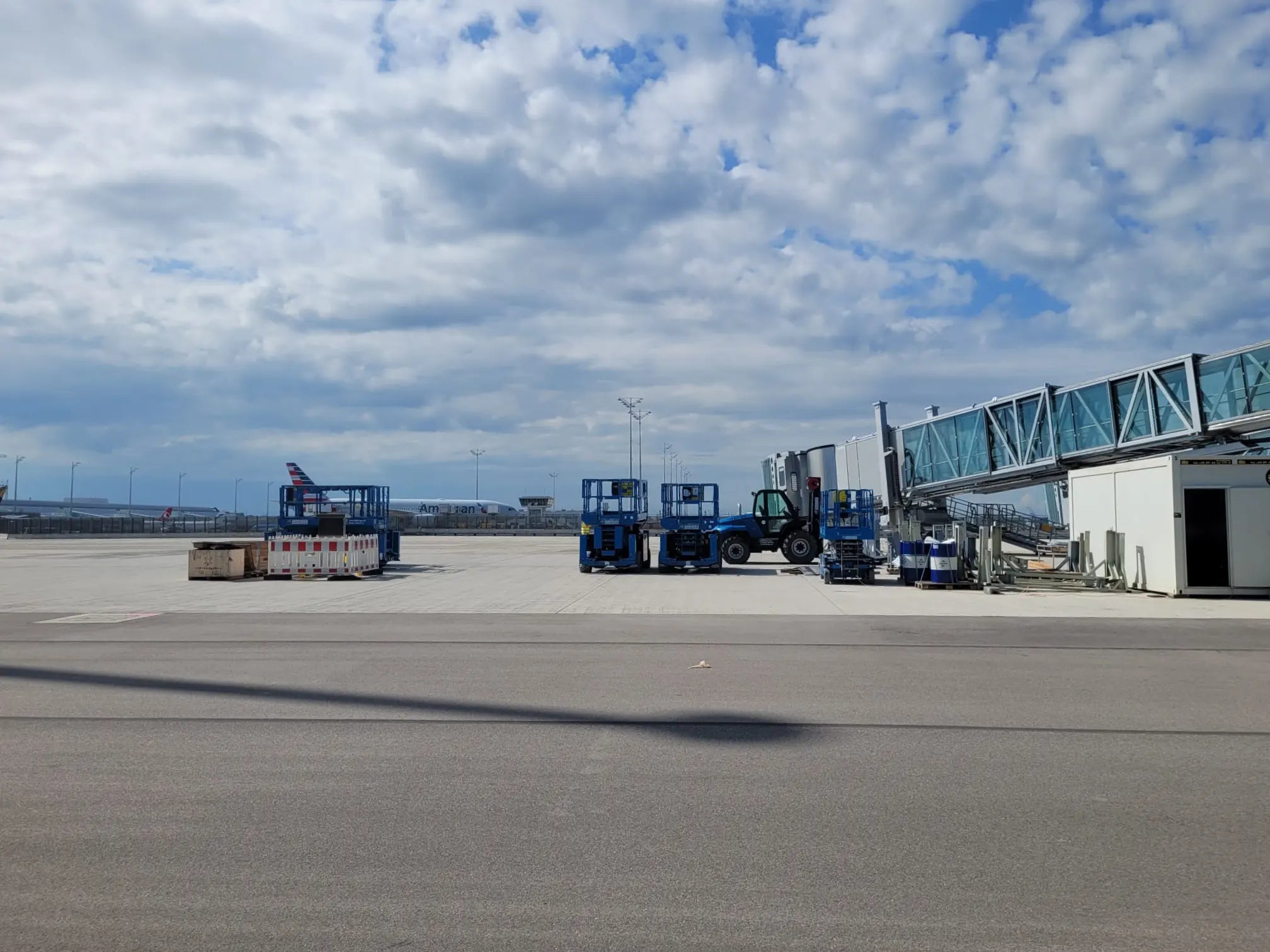

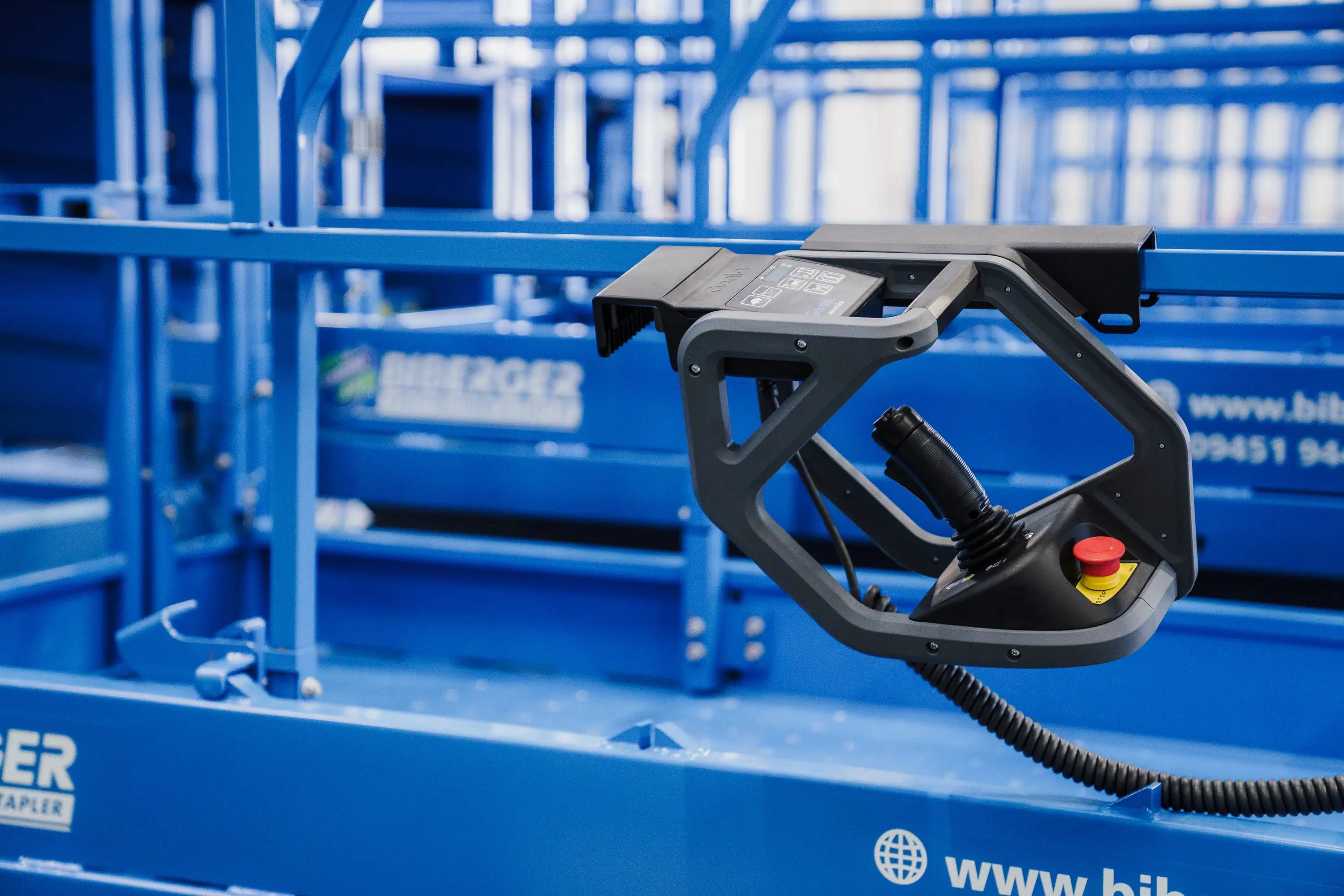
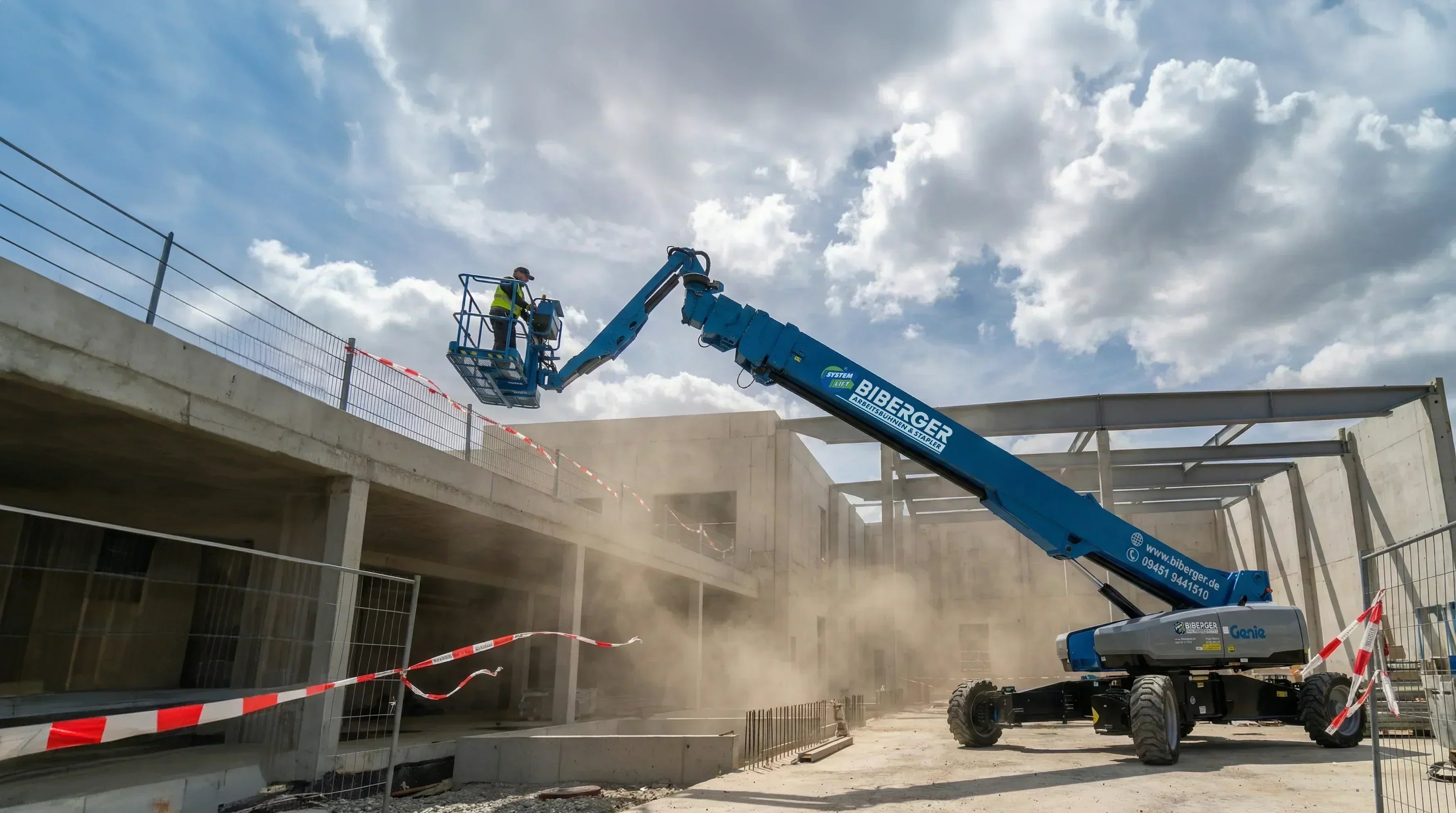
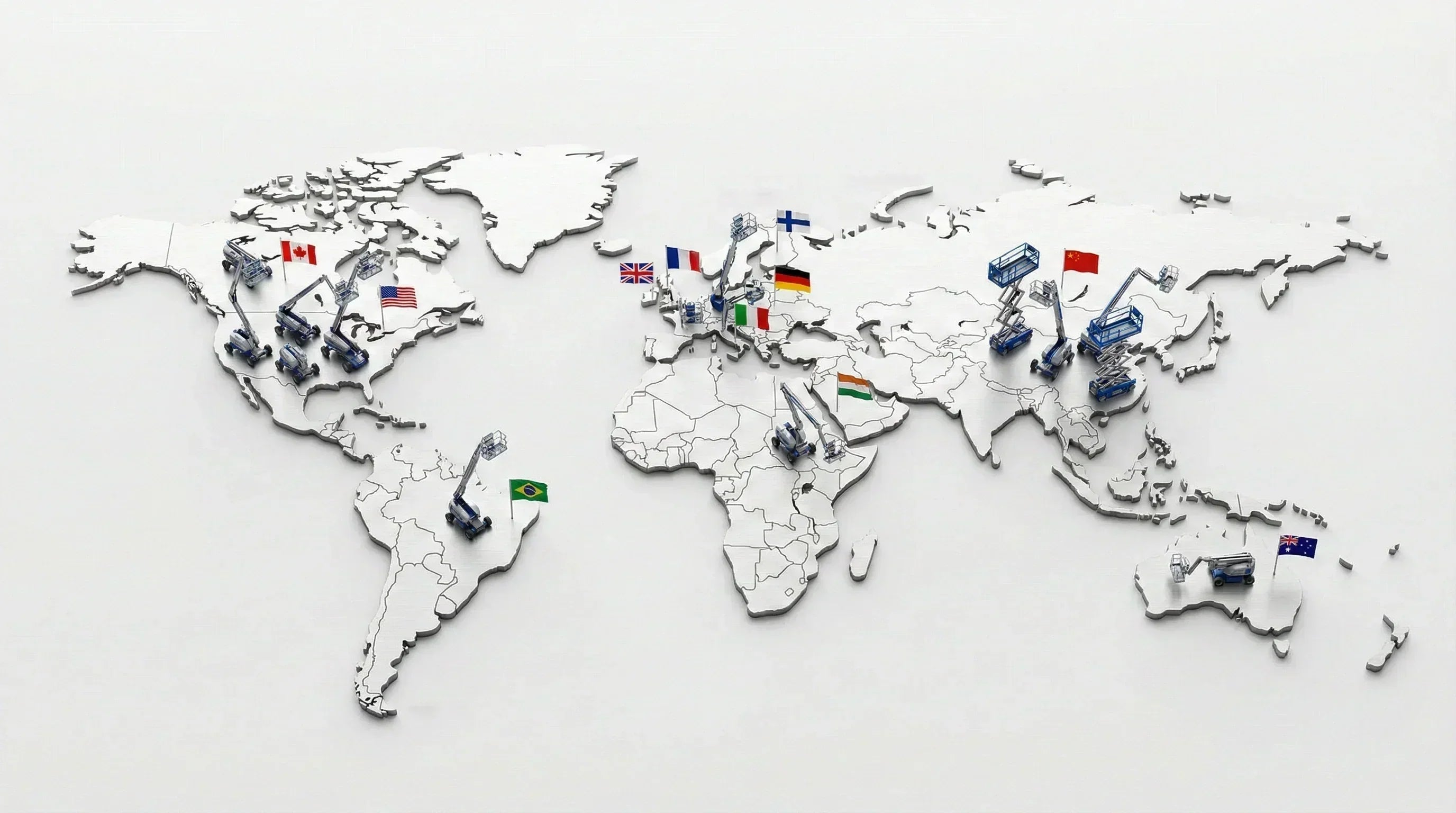
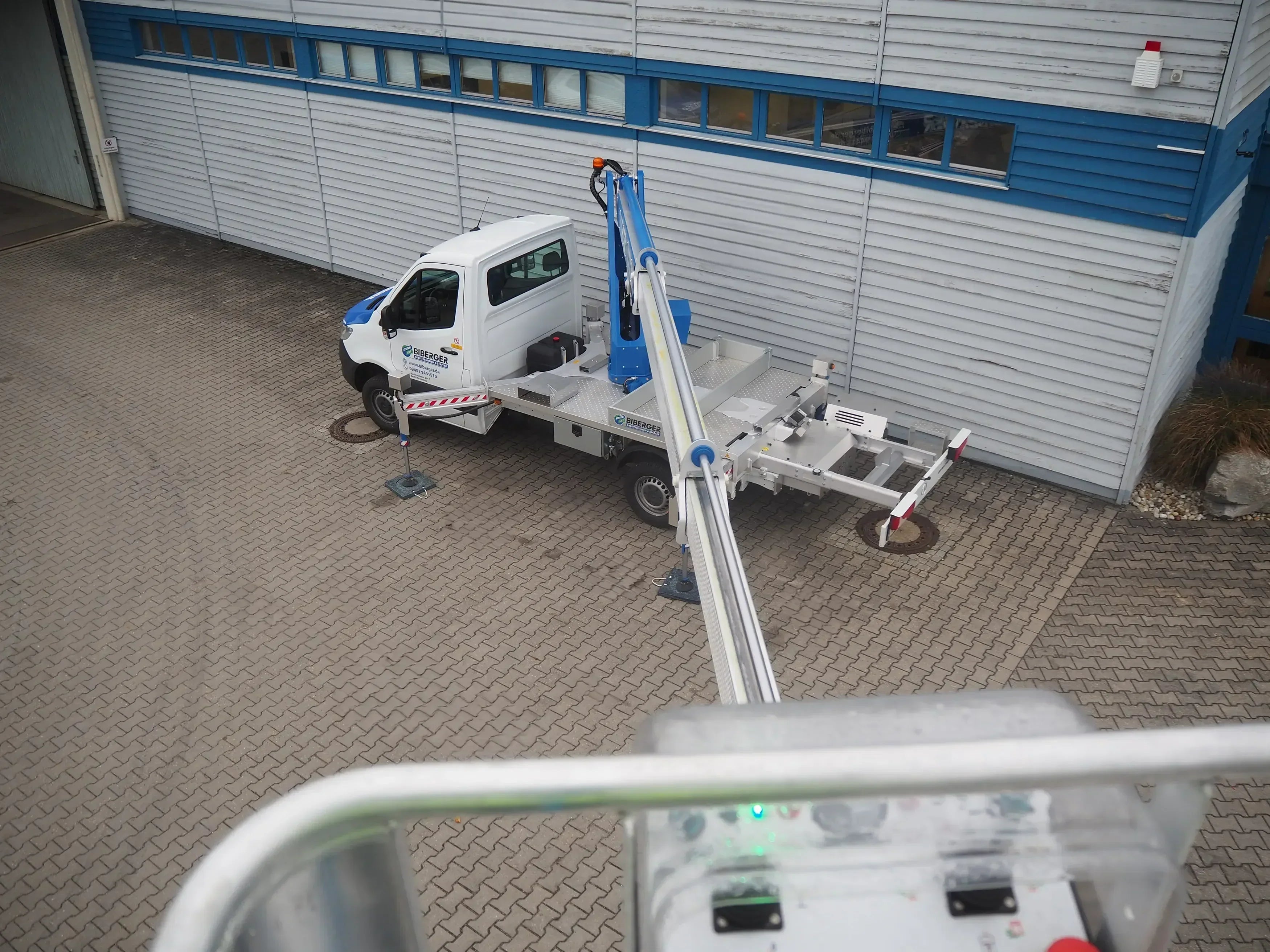
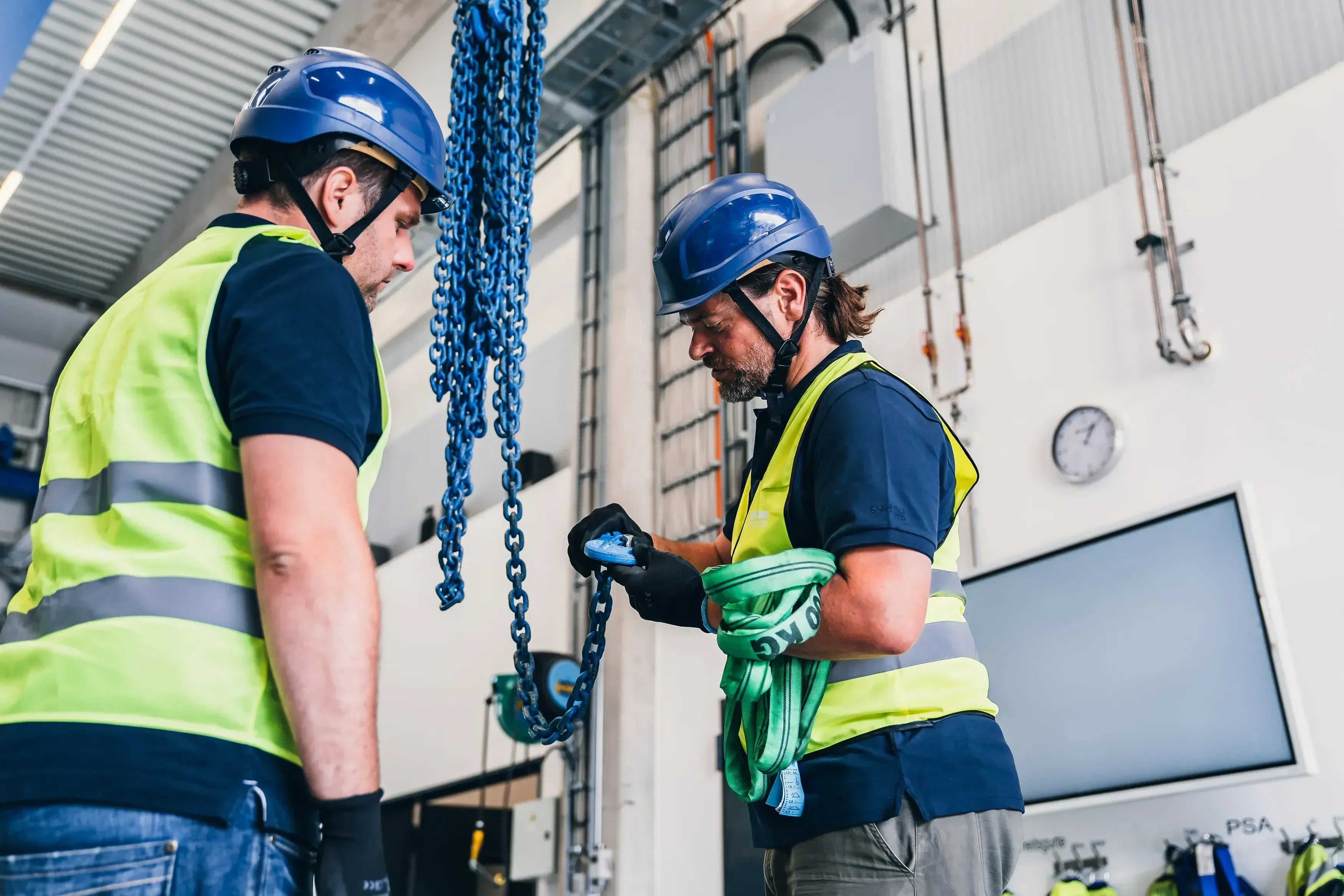
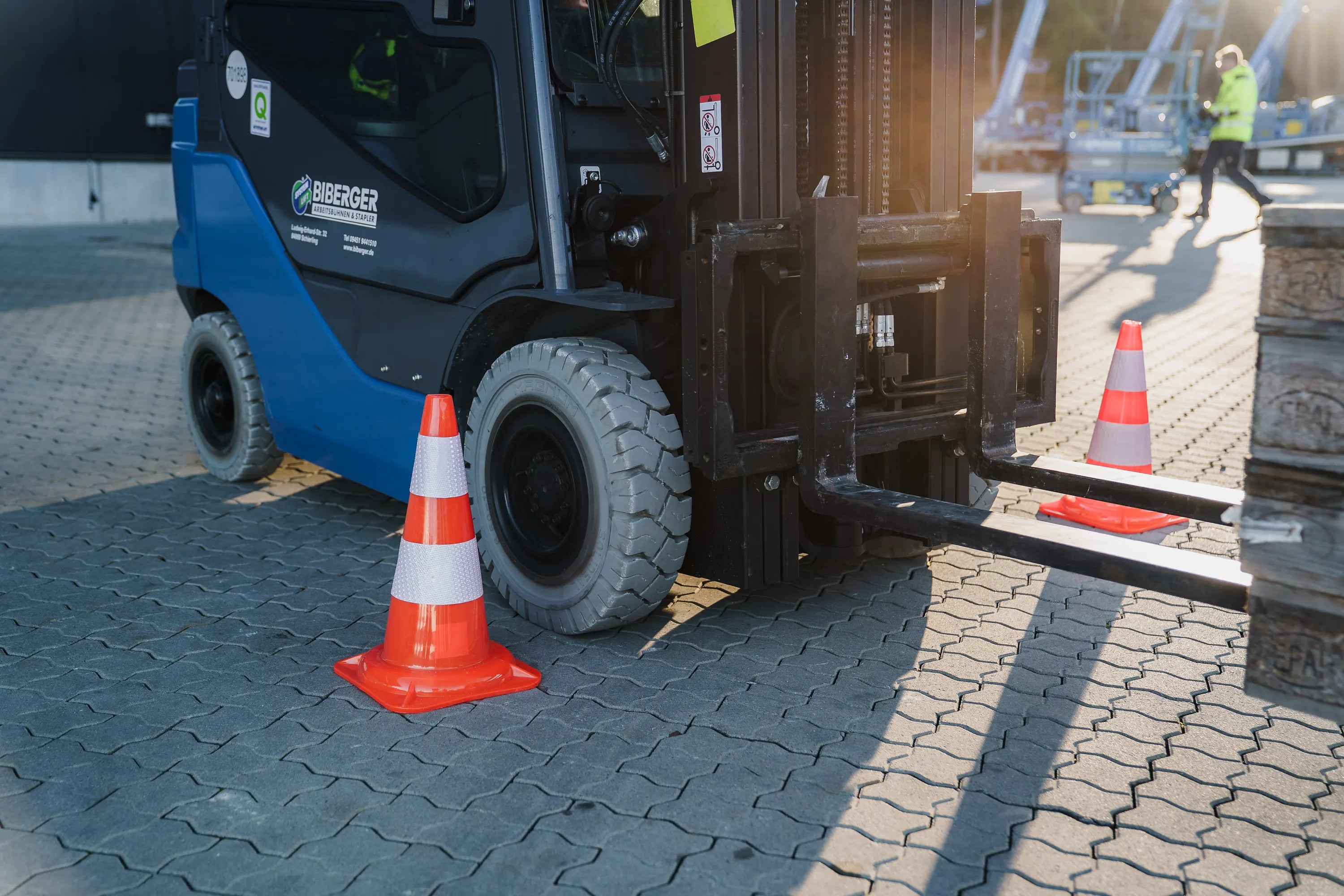
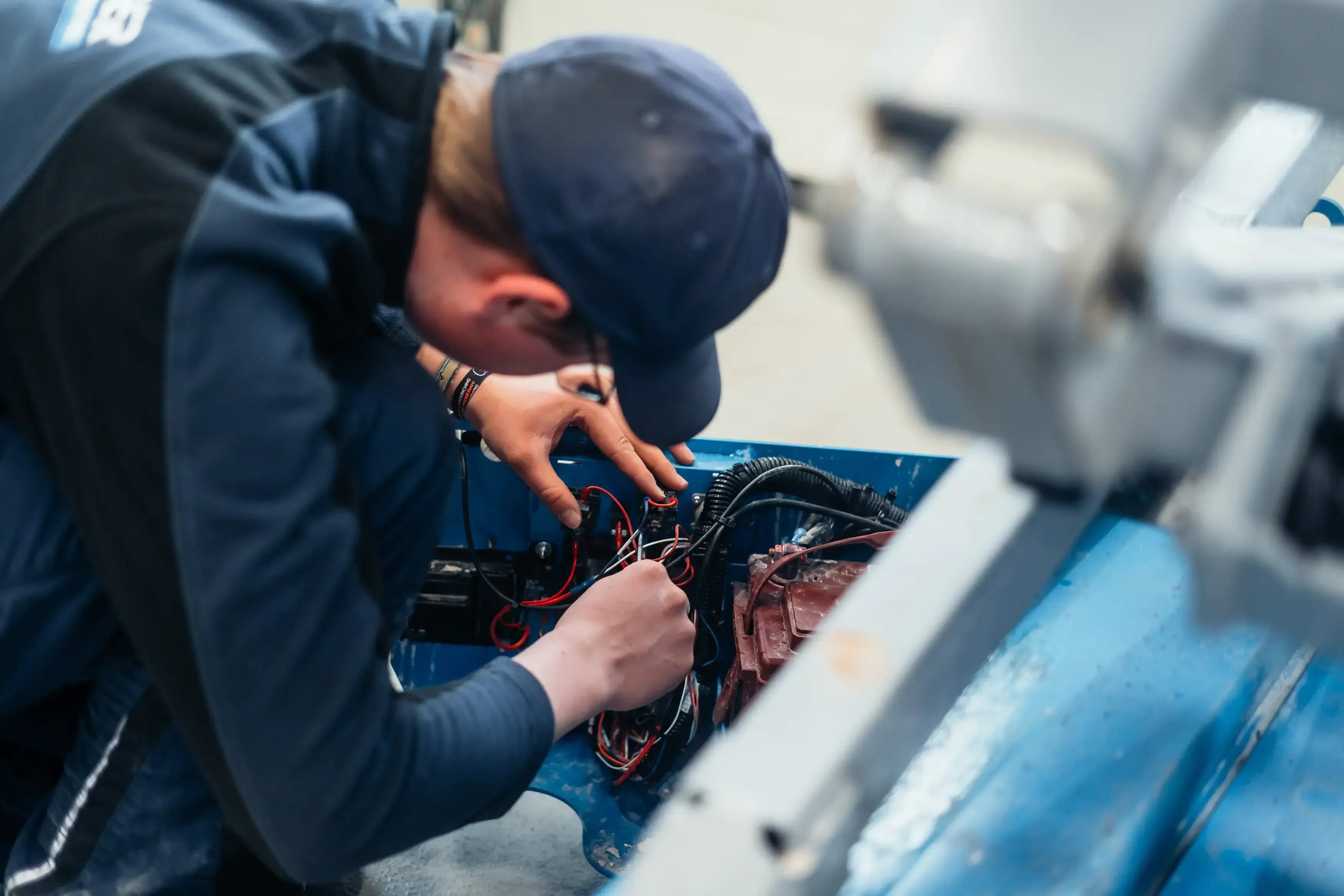
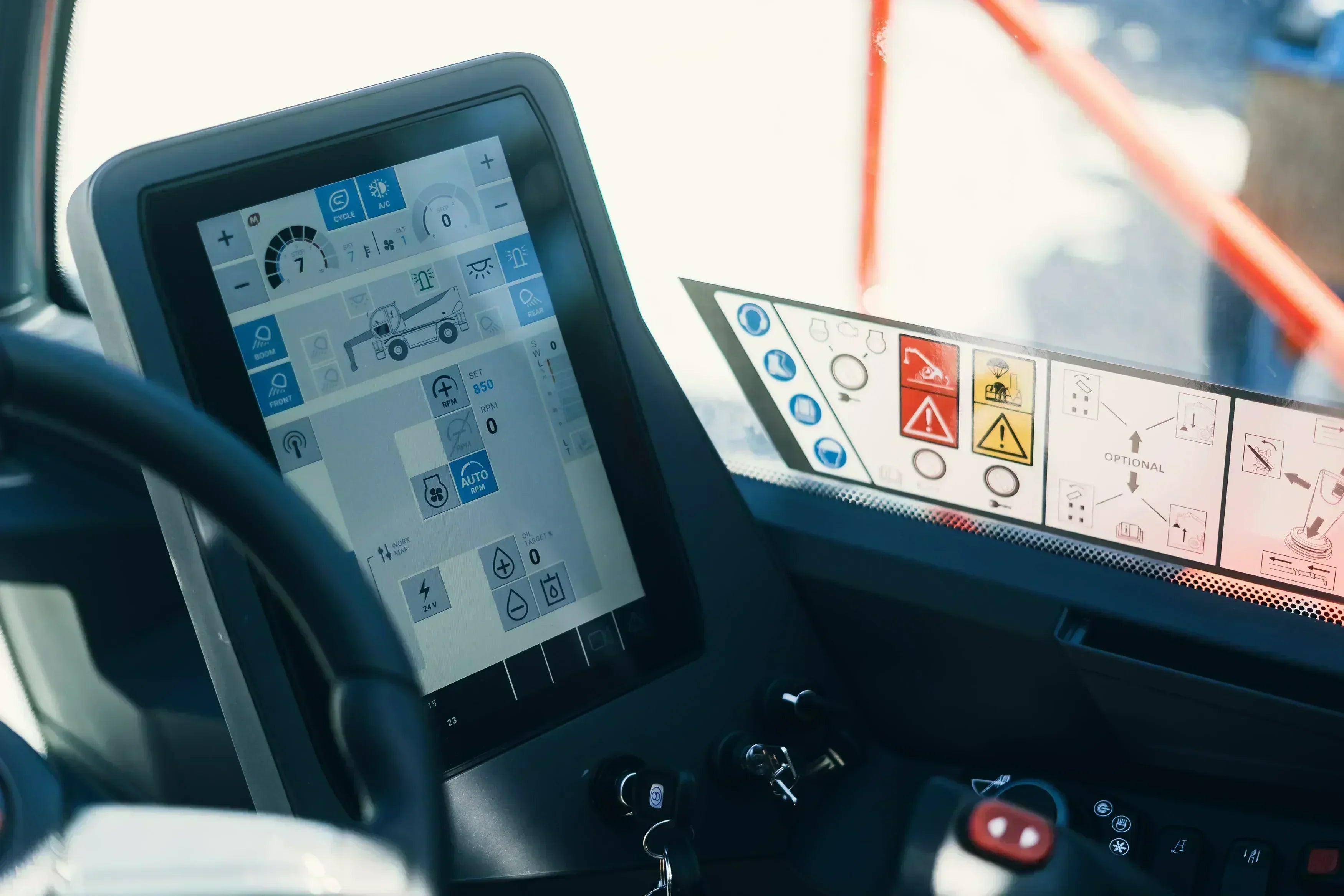






Share:
New in the rental fleet: Magni DAB28RT articulated work platform with 28m working height
Boom Lift, Scissor Lift or Cherry Picker: these are the English terms for work platforms
Our editorial quality standards
The subject content on biberger.de are editorially created, reviewed, and continuously updated. The basis is our daily work with aerial platforms, telehandlers, and industrial trucks – in rental, sales, operational planning, and technical support.
Each article draws on real-world experience and is editorially reviewed for clarity, accuracy, and practical relevance according to expert criteria. Technical statements are regularly compared against current industry standards and best practices.
The aim of our publications is to make reliable specialist knowledge accessible and to offer guidance to users, decision-makers and industry partners. BIBERGER sees itself as an independent information platform for safe, economical and modern height access technology – well-founded, comprehensible and free from advertising influence.